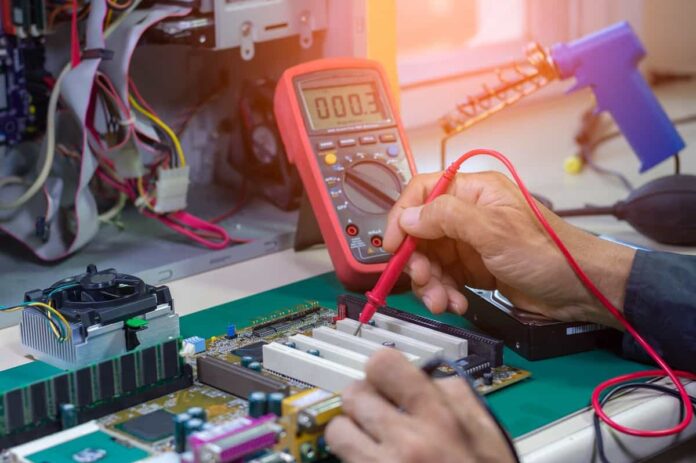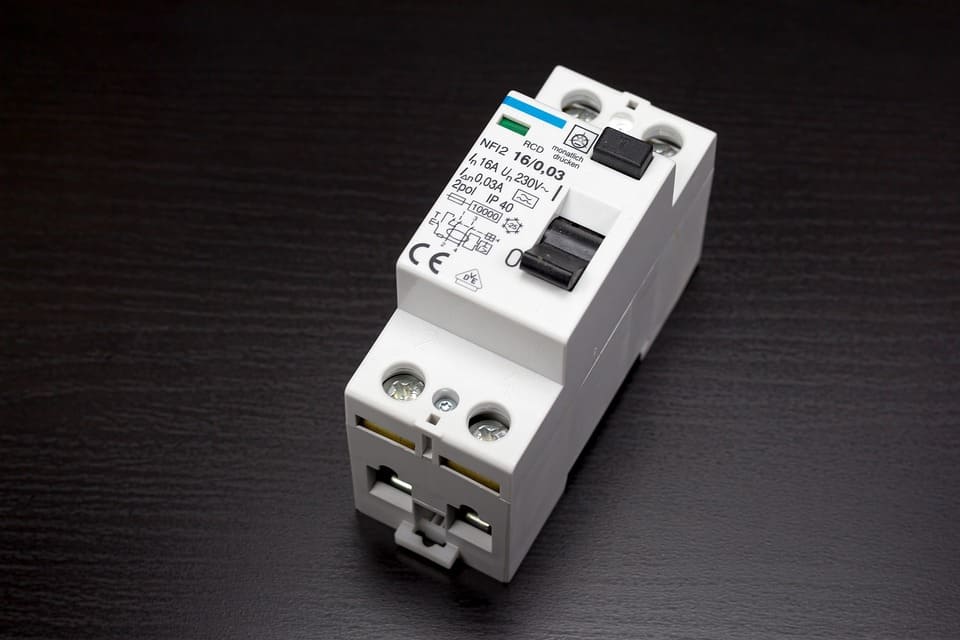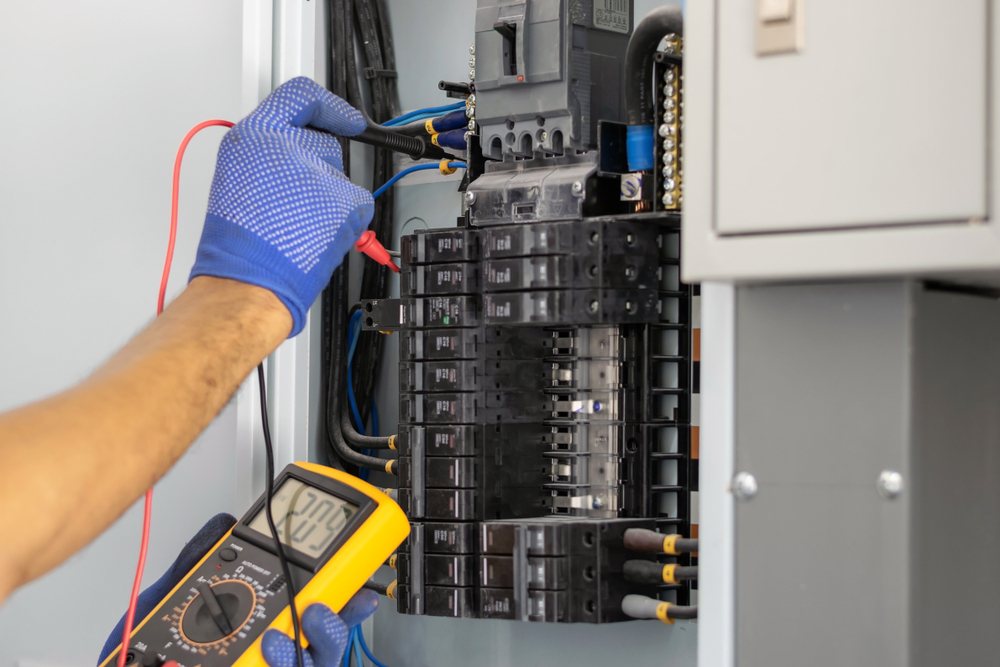A broken circuit breaker is a risky thing to have. It not only increases the risk of an electrical overload in your home or office, a broken circuit breaker can cause a short circuit to occur and in an extreme case (which happens almost every time), can lead to a fire outbreak.
It is pertinent to test your circuit breaker to determine the flow of electricity in a circuit breaker panel. If testing doesn’t occur, this may lead to an issue which will call for you calling your electrician in Sydney.
When it comes to testing your circuit breaker, the most effective and efficient way to do this is using a Multimeter.
So, what is a Multimeter?
A Multimeter is a diverse device that is used to check voltage in electrical circuits, and to also determine whether a circuit is using alternate current (AC) or direct current (DC).
A Multimeter is an instrument that works to combine several measurement functions together in one single unit.
It can measure amps, ohms, and volts through fixtures, breakers, and outlets.
You can also use a Multimeter to test the breakers in your circuit box to ensure that they are functioning like they should be.
If your breakers are not working, they increase your risk of an electrical overload in your house or office and can lead eventually to a serious electrical fire outbreak.
In this article, we will show you how to test your circuit breaker with a Multimeter.
Here are the steps to do this. (Make sure you are a professional electrician yourself, or you get one to do this for you if you are not):
How to Test a Circuit Breaker with a Multimeter
1. First, the electrician must ensure that the surrounding region or areas around the electrical panel is dry. You don’t want anyone getting zapped while at it. If there is anything of water or liquid close by, it has to be mopped dry before you proceed to open the electrical panel. Also, make sure you put on a pair of rubber-soled shoes on before you begin.
2. To check the breaker with a Multimeter, the electrician will then proceed to open the circuit breaker box.
This is simple: he or she will simply unscrew the metal frame around the circuit breaker with a screwdriver and set it aside. At this point, you will see the wiring running through the circuit breaker as well as the breakers themselves.
Then the electrician will go on to determine which breaker specifically is to be tested. Each breaker powers a different portion of your house and should be labeled so that you know which is which. If you haven’t done this already, you can get the electrician to do this now. No better time.
3. The next thing to be done is to turn off all the lights and appliances that are being powered through the circuit breaker that is being tested. Make sure you take the time to do this.
4. At this point, you must know what setting the service technician or electrician will use to test the circuit breaker. Look out for the AC volts setting which is usually abbreviated “ACV.” Most homes use alternating current for their wiring. DC on the other hand is used to test the voltage in battery-powered electronics. But set the Multimeter to “Volts AC.”
This is the Multimeter setting the electrician will use to test the circuit breaker.
5. Now, the electrician will then touch one prong of the Multimeter to the breaker’s terminal screw and then touch the other prong to a ground screw.
The ground screw is not hard to find or locate. It is usually located in a metal bar along the right-hand side of the electrical panel. You should have found it by now.
6. Now that these prongs are connected? What’s next? Well, once these prongs are connected, the readout (that is, the readable output) on the Multimeter will display the potential voltage at the breaker position.
The readout on the Multimeter should tell you how much electricity is flowing through the breaker. Take note of what it says now.
7. Normally, it should show you a reading of either 120 volts or 240 volts. If you check, and it does not read anything or the reading is zero, what this means is that your circuit breaker is faulty and needs to be replaced.
Again, circuit breakers and electrical panels pose a lethal shock risk and only licensed electricians should test, service or even diagnose the state of your circuit breaker.
Now you know what a Multimeter is and what it is used for, as well as how to use it (i.e., only if you are a licensed electrician!). If all goes wrong, call up the electrician in Sydneys Inner West for all the professional guidance.
Please ensure that you get a professional technician to handle the testing of your circuit breaker for you. Do not try to do it yourself.




















